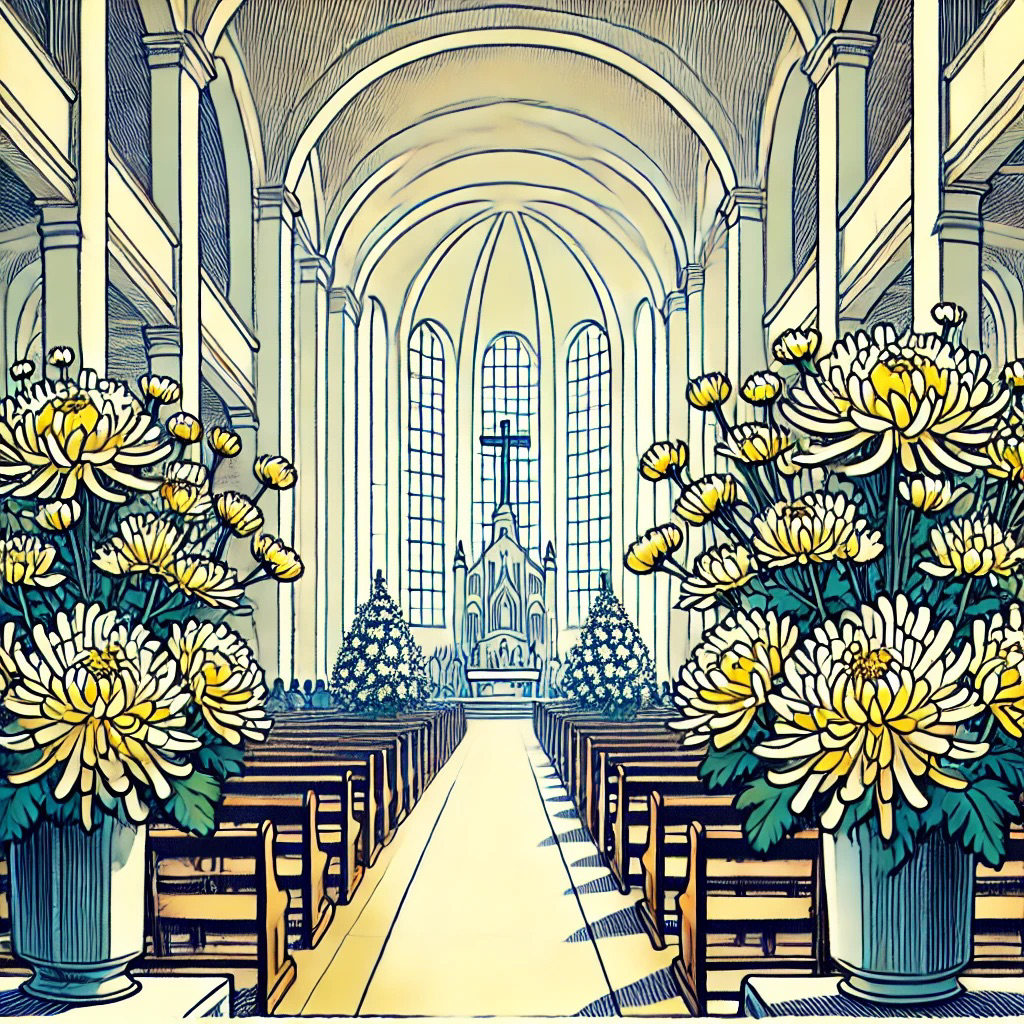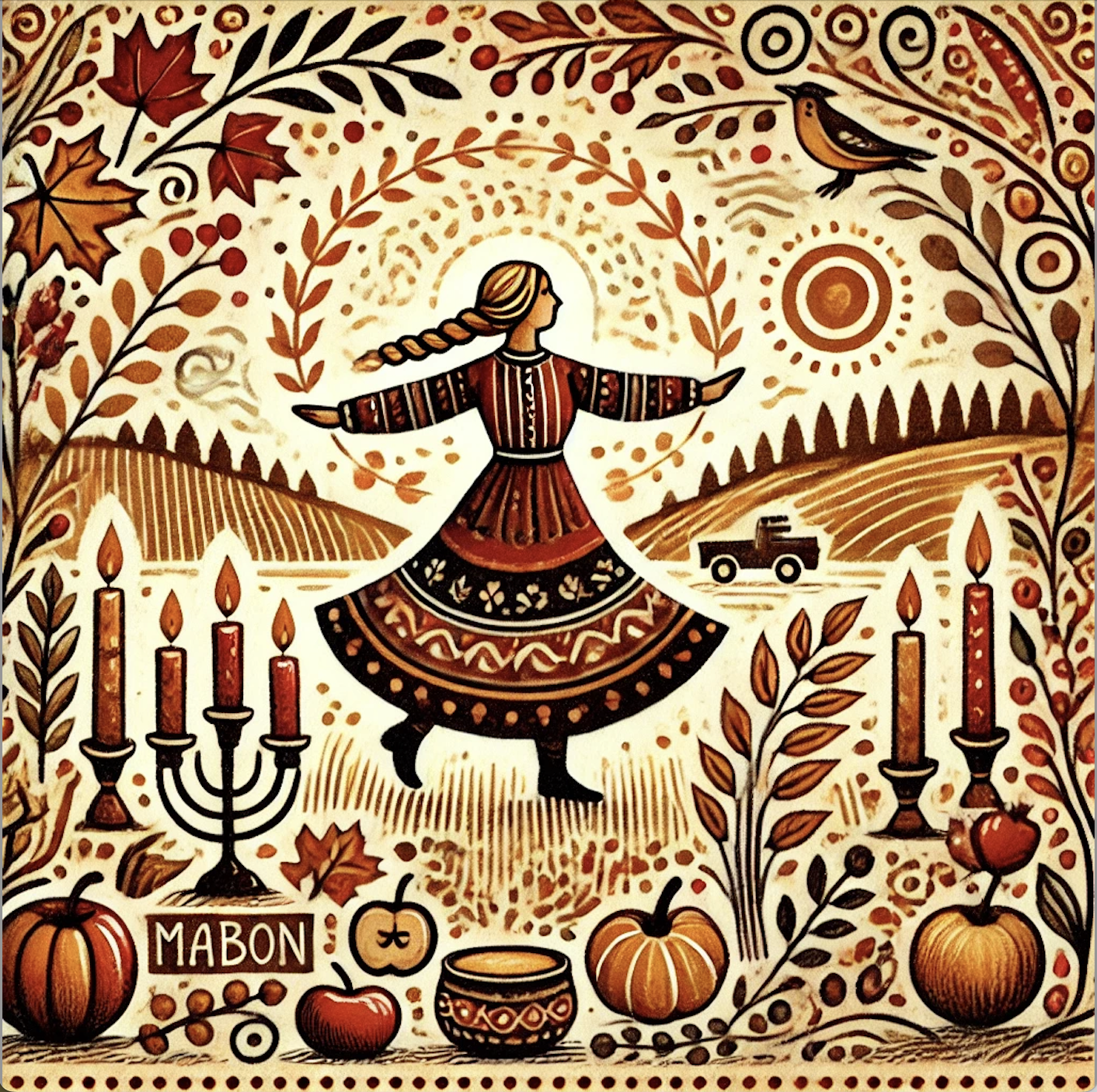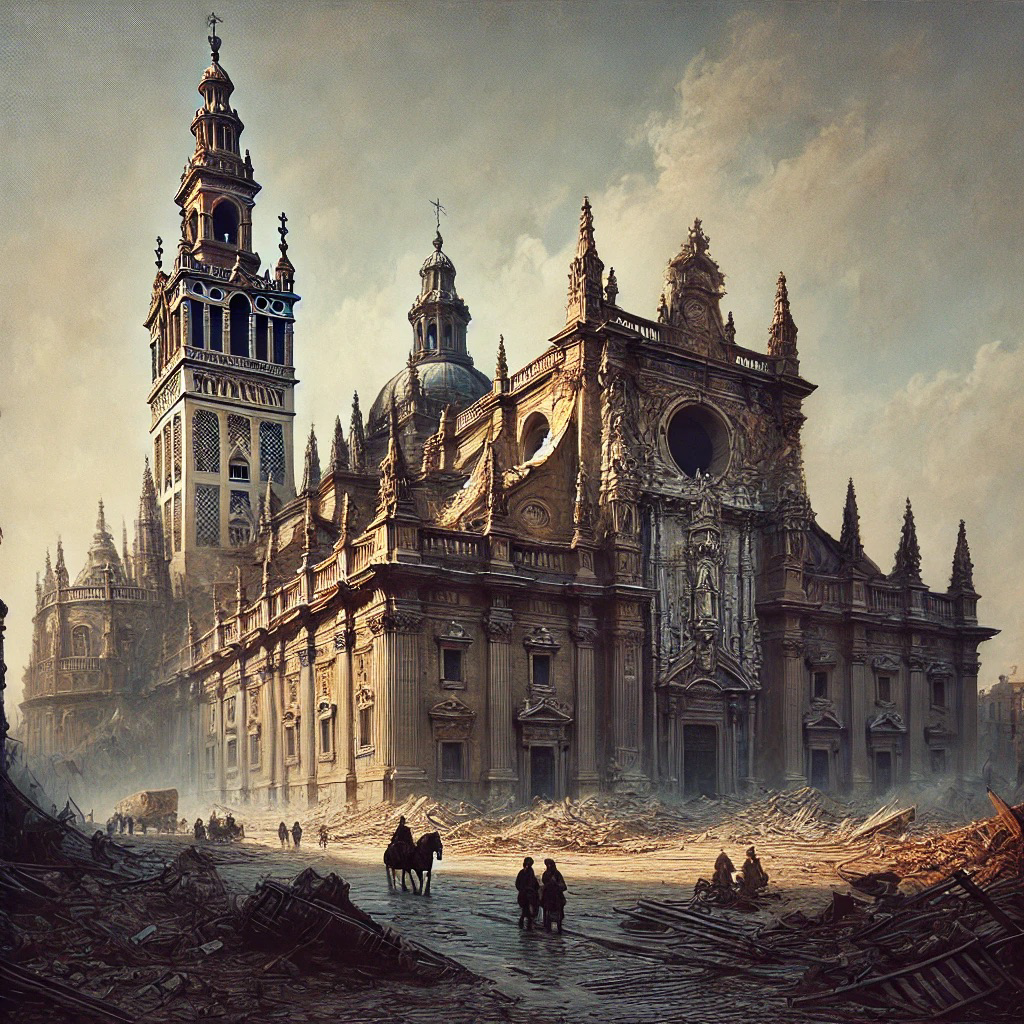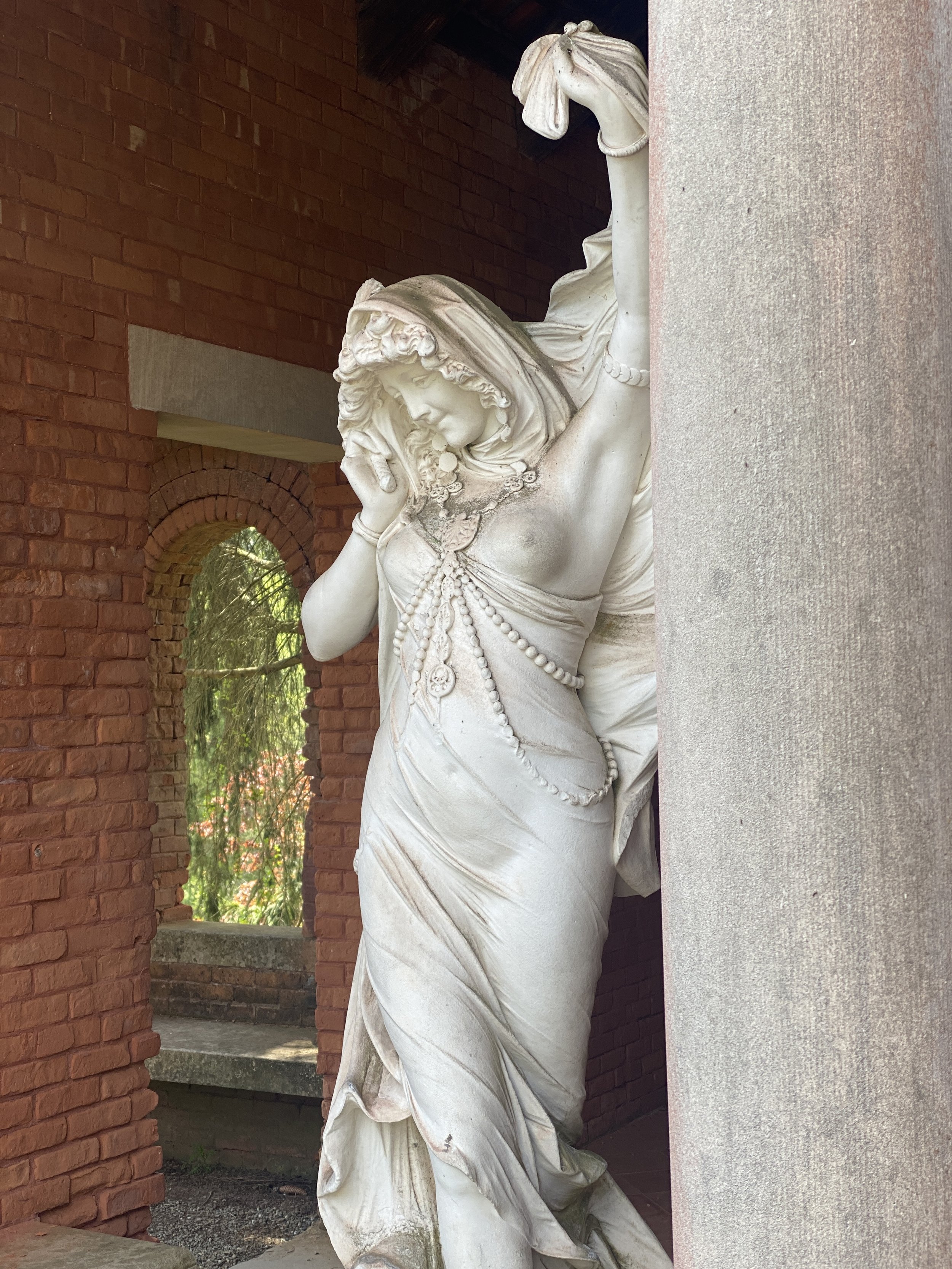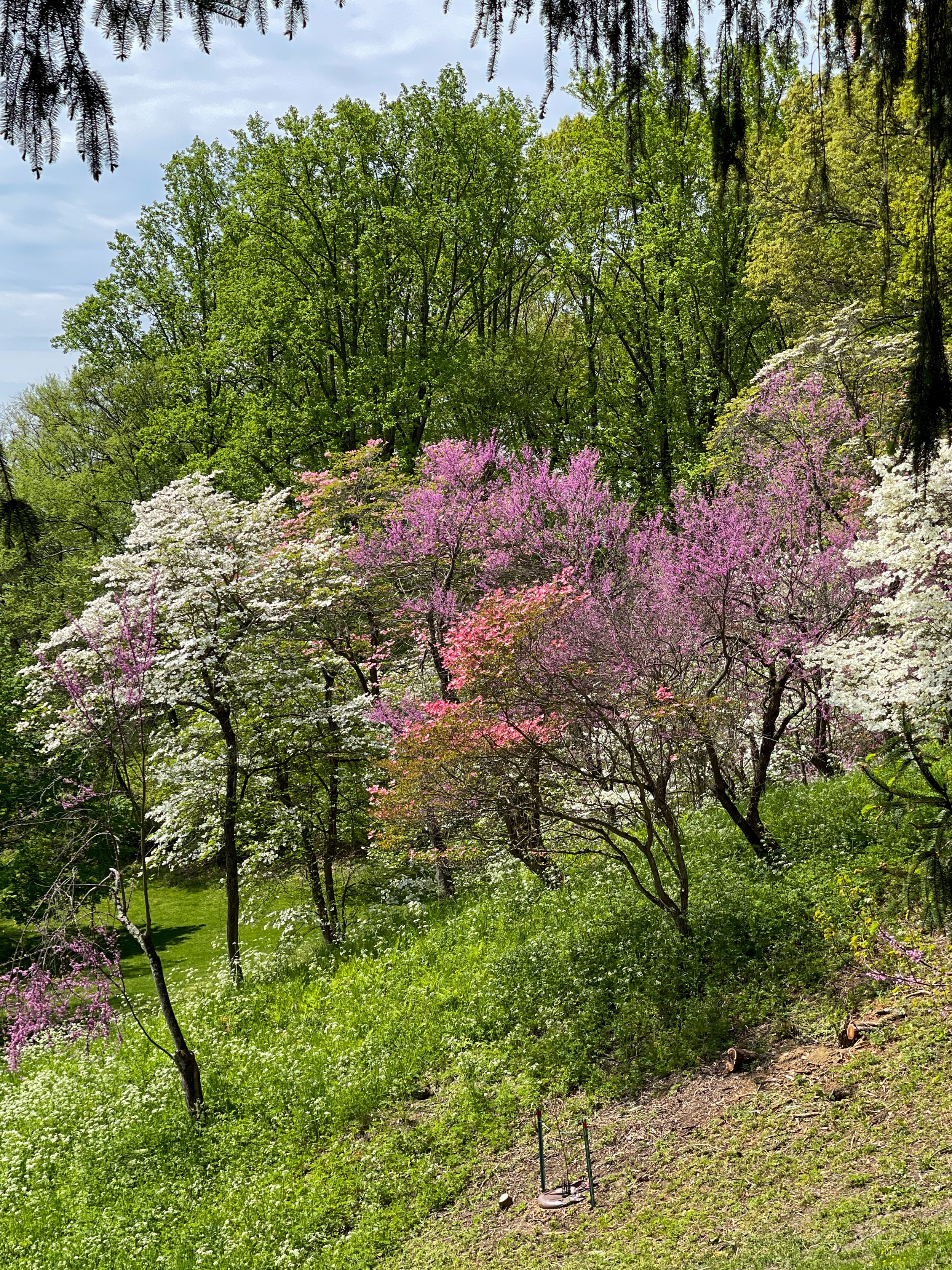Talk about flower power! From passionate roses to sacred lilies, Italian flowers speak a language all their own. Learn the meanings behind these blooms and how they’ve shaped Italian culture and faith for centuries.
Floristry in Italy is nothing short of an art form. Each bloom embodies deep cultural significance and religious symbolism. As a country rich in history and tradition, Italy uses flowers to communicate emotions, celebrate life events and honor spiritual customs.
If you’re thinking, “I want to find an Italy florist near me,” wait till you learn more about the symbolism of different blooms and their role as cultural and religious icons.
“Flowers in Italy convey emotions beyond what words can express, preserving the depth of human feeling through their beauty and meaning.”
The Meanings of Flowers in Italian Culture
In Italy, the use of flowers is pervasive, from weddings and other festive occasions to mourning rituals. The country has a rich history of floriculture, with each flower holding distinct meanings. Italian flora is often associated with various legends, poems and folklore, where the narratives shape public perception of these flowers.
The rose: Love and passion
The rose, one of the world’s most celebrated flowers, holds a special place in Italian culture. Red roses are the ultimate symbol of passion and desire, often chosen to express heartfelt love. White roses, on the other hand, represent purity and new beginnings, making them a favorite at weddings, while yellow roses can symbolize friendship and joy (though they’re sometimes associated with jealousy). The rose’s rich symbolism reflects the complexities of relationships, capturing love in all its forms.
The lily: Purity and devotion
In religious contexts, the lily is a powerful symbol of purity and devotion. Often linked to the Virgin Mary in Christian iconography, this delicate flower represents innocence, virtue and renewal. In mythology, the lily is also associated with chastity, said to have originated from a drop of milk that fell from the breast of Juno, the Roman goddess of love and marriage. Lilies are frequently used to decorate churches and religious festivals, elevating their sacred significance.
The sunflower: Loyalty and adoration
The sunflower, with its bright yellow petals and seed-filled center, symbolizes loyalty and adoration. Italian florists often use sunflowers for celebratory occasions, expressing joy and warmth. Additionally, the flower is associated with the concept of followership, as its Italian name, girasole, literally “turning to the sun.” In Italy, sunflowers bloom from mid-June to early August in the regions of Tuscany, Umbria and the Marche, covering the Italian countryside.
Flower Festivals in Italy
Italy, a country renowned for its stunning landscapes, rich history and vibrant culture, also celebrates its natural beauty through a variety of flower festivals that occur throughout the year. These festivals highlight the country’s love of nature and artistry while showcasing the colors and scents of Italian flora.
Infiorata di Genzano di Roma
One of the most enchanting floral festivals is the Infiorata, with Genzano, a picturesque medieval hill town near Rome hosting one of the oldest. Typically held in June, this tradition dates back to 1788 and transforms the Via Italo Belardi into an elaborate carpet of flowers. Approximately 350,000 to 400,000 petals are arranged like mosaics into intricate designs, often depicting religious or cultural themes. As dawn breaks, locals unveil their masterpieces, inviting visitors to wander through a floral wonderland, where the artistry of each design and the fragrance of fresh petals create a magical atmosphere.
Infiorata di Spello
Another highlight is the Flower Festival of Spello, a charming hilltop town in Umbria. Every year, during the Feast of Corpus Christi, the ninth Sunday after Easter, the town bursts into color as townspeople meticulously select and gather flowers: roses, carnations, daisies and marigolds, to name a few. The floral creations cover streets throughout the historical center in preparation for the passage of the Blessed Sacrament carried in procession by the bishop on Sunday morning.
Corso Fiorito
Each spring, the coastal town of Sanremo celebrates its floral heritage with a parade of flower-covered floats. Set against the breathtaking backdrop of the Italian Riviera, the festival offers visitors a chance to immerse themselves in the beauty and charm of the Liguria region. The festival’s origins trace back to 1904, when Count Alfredo di Villamarina organized a parade featuring flower-adorned carts and carriages, naming it Festa della Dea Flora (Feast of the Goddess Flora) in honor of the patron deity of flowers. By the 1930s, grand allegorical floats covered in intricate floral designs made their debut, along with the battaglia dei fiori — a playful “battle” where people in the streets and on the floats tossed flowers at one another. While this lively tradition has since died out in Sanremo, it still occurs in the nearby town of Ventimiglia.
Flowers for Mourning and Commemoration
But flowers aren’t all about celebration. In Italy, particular blooms carry meanings associated with grief, remembrance and consolation. The chrysanthemum, for example, is commonly used in funerals and memorial services, symbolizing grief, remembrance and the fleeting nature of life.
The Language of Flowers
The symbolism of flowers in Italy is woven with threads of history, culture and faith. Each bloom, from the passionate red rose to the pure white lily, tells its own story, reflecting the values and beliefs of a nation where flowers are more than just decoration — they’re expressions of life itself.
Flowers in Italy remain a timeless and powerful form of communication. They convey emotions beyond what words can express, preserving the depth of human feeling through their beauty and meaning. Whether celebrating love, mourning a loss or marking a spiritual occasion, the language of flowers speaks to the heart of Italian cultural identity. –Mia Roberts










